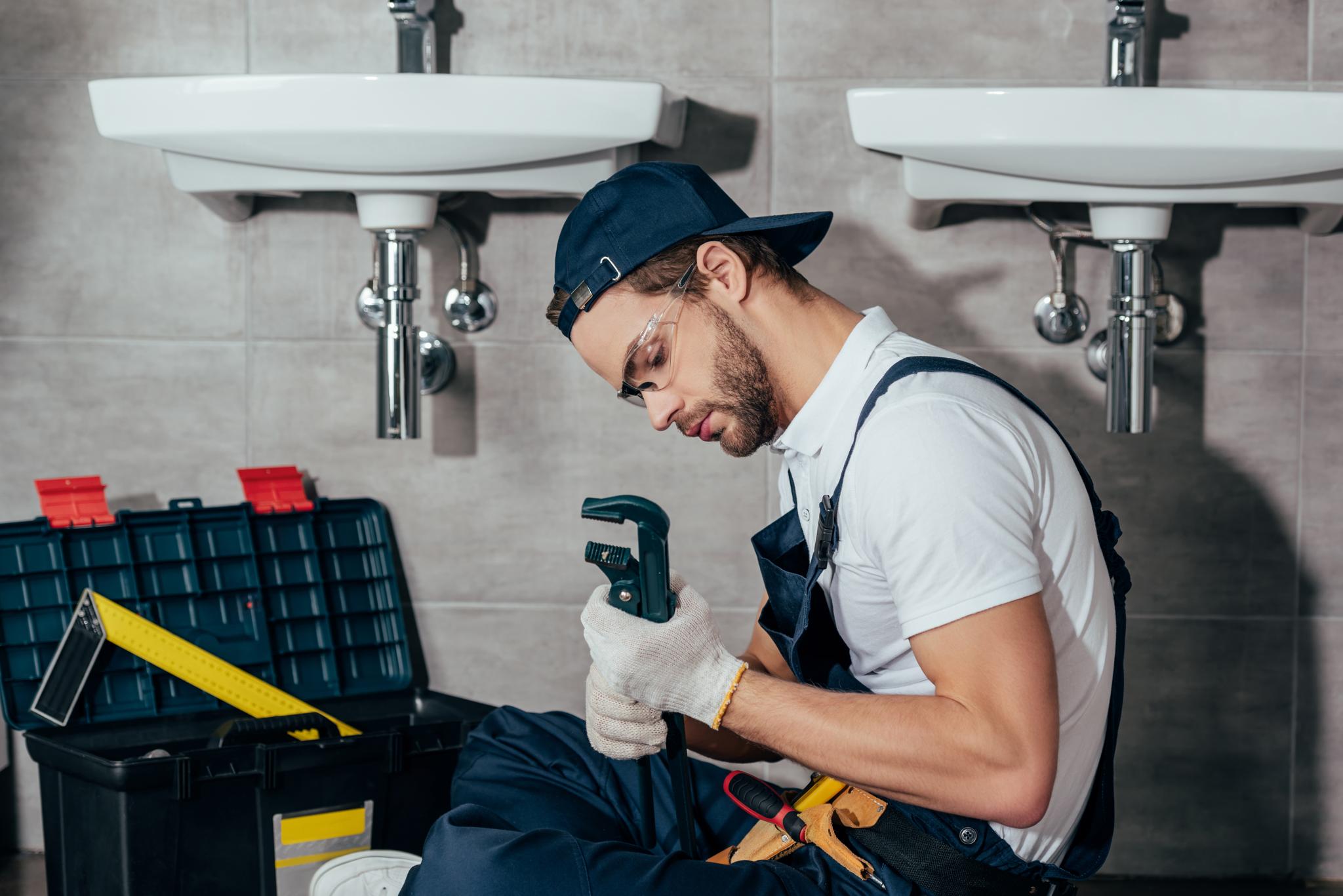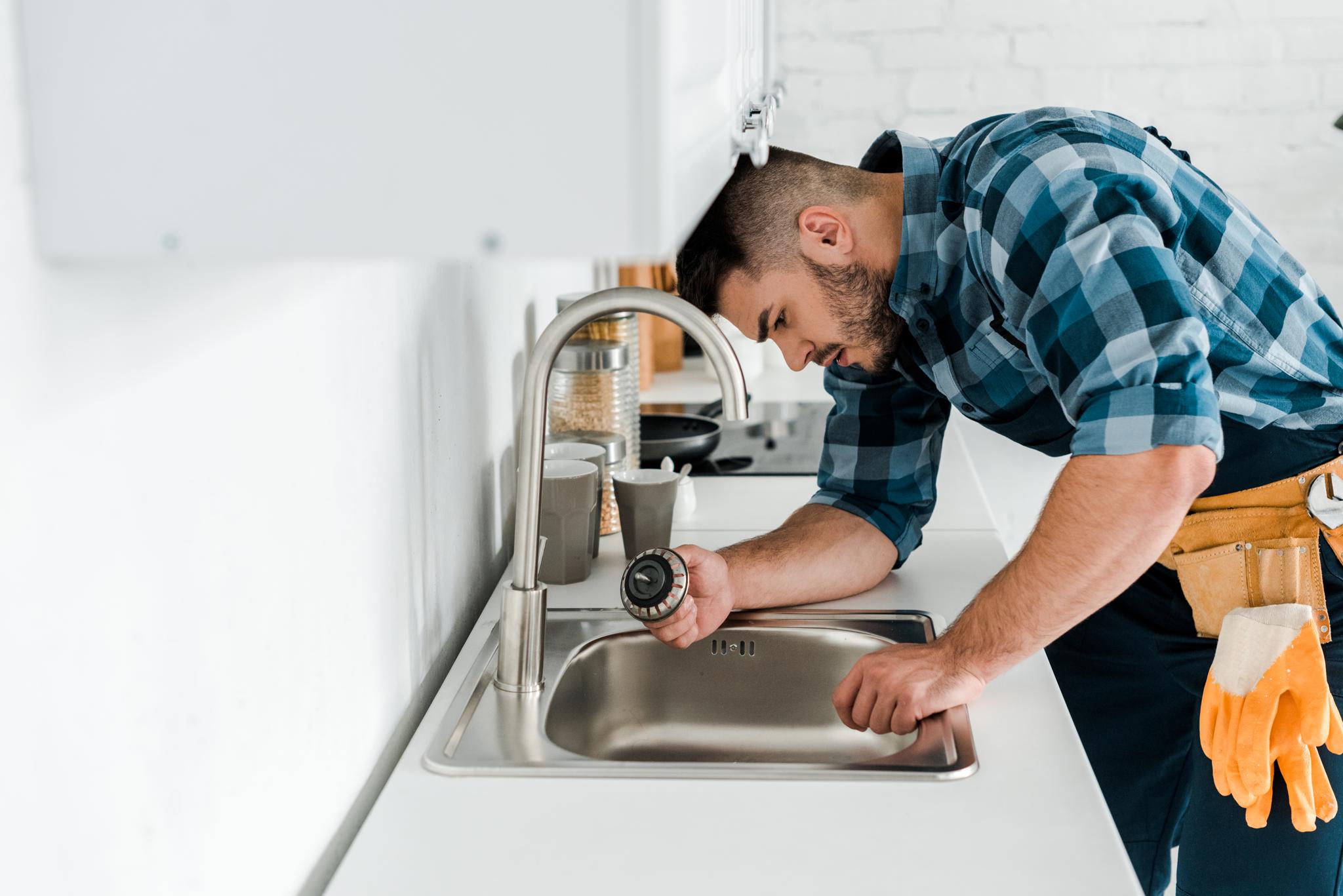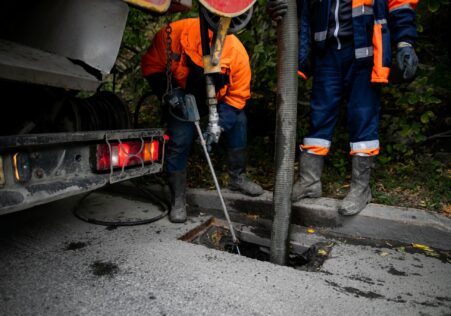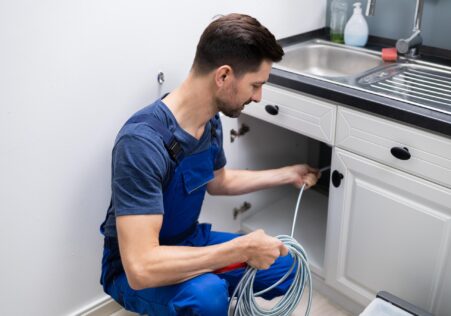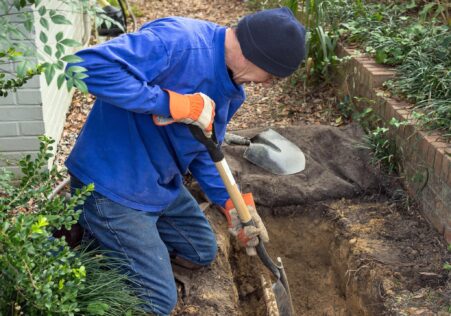How to Choose the Right Pipe Relining Material for Your Home
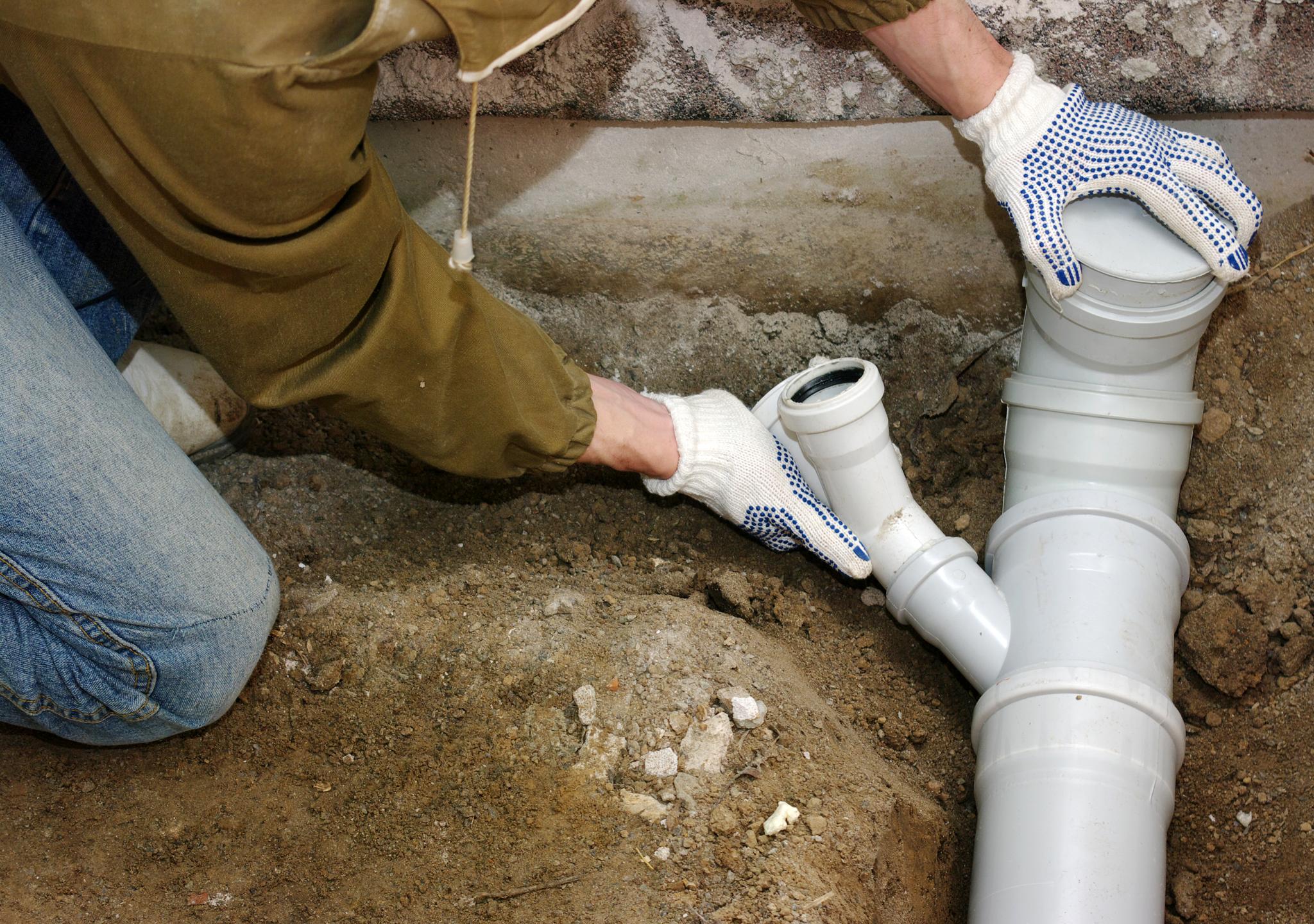
Keeping your home’s plumbing in good working order is vital, but the pipes can become worn-out as time passes. The traditional method of replacing them involves digging up and removing the old pipes, which can be a hassle and costly. Luckily, pipe relining offers an alternative that is better, more cost-effective and convenient option.
Key Takeaways
- The process of relining pipes is a low-cost alternative to traditional replacement of pipes techniques.
- The selection of the best pipe relining materials is vital to ensure longevity and effectiveness
- Considerations when choosing materials for pipe relining are the conditions, flow capacity and durability, as well as costs and maintenance
- Materials for relining pipes include Cured-in-Place Pipe (CIPP), Fiberglass Pipe Lining and cast iron Pipe Lining.
- Relining pipes results in a new "pipe inside the pipe" which helps restore full functionality, without removal of the existing pipes.
There are a myriad of options for pipe relining, it’s crucial to choose the best one. This guide will assist you in understanding what to look for when choosing a pipe relining material that suits your needs and budget.
What exactly is Pipe Relining?
Before we go into how to choose the right pipe relining material, let’s quickly look at what it is.
Relining pipes is a process that involves inserting an epoxy liner in damaged or degraded sewer lines, water mains, or any other underground piping systems preventing the infiltration of roots and leaking. It creates a "pipe within an existing pipe" that helps to restore full functionality without the removal of existing pipes.
The benefits of relining pipe include:
- Minimizes excavation works
- Lowers the costs of traditional methods
- More hygienic than excavation
While there are many benefits selecting the right material for your lining is essential when it comes to efficiency and durability.
Take into account the following when selecting pipe relining Materials
- Environmental: The most crucial things you need to take into consideration when choosing the pipe lining material you choose should be the environment. The external surroundings determine the strength of the liner will be free of the effects of chemicals, humid conditions among others.
- The capacity of a flow: Flow capacity would refer to the amount of liquid which flows easily throughout the plumbing after the installation of new liners.
- Durability The measure of durability is how the time it takes to last in harsh environments such as excessive water levels, chemical substances and other conditions that are harsh.
Costs
Additional Information
- Pipe Relining: A Intelligent Investment for Your Property
- The Pros and Cons of Clearing Blocked Drains Yourself or Hiring a Professional
- How CCTV Drain Inspections Help Avoid Water Damage and Health Hazards
- From Clearing Clutter to Securing Access Points: The Preparations You Need for a Successful CCTV Drain Inspection
- CCTV Drain Inspection: A Cost-Effective Solution for Unblocking Blocked Drains
- When to Prevent Piping Problems: Evaluate Relining
- Is It Time for a CCTV Drain Inspection? Here's What You Need to Know
- Recovering from Blocked Drains: How to Choose between Pipe Relining and Replacement
- Demystifying In-Depth Walkthrough to the Plumbing Relining Process: All You Can Expect
- Why CCTV Drain Inspection is a Cost-Effective Solution for Your Plumbing Needs


